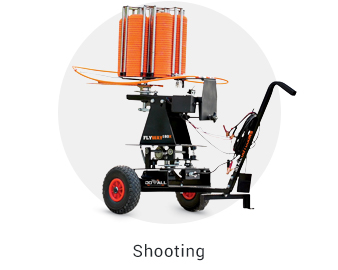LAST CHANCE!
$20 Off Orders $100+
Use coupon code SG4731 at checkout
Use coupon code SG4731 at checkout to receive $20 off your order of $100 or more. Minimum order amount cannot include Buyer's Club Membership Fees, Gift Cards or e-Gift Cards, Doorbusters, Ammo or Firearms. The coupon cannot be combined with any other coupons and cannot be redeemed for cash or used on Retail Store Clearance. If you make a return that brings the order value under the minimum order qualifications, the value saved will be deducted from your return. One use per customer. Offer expires May 14, 2024.


























